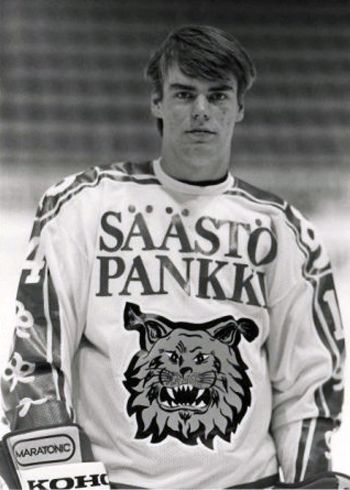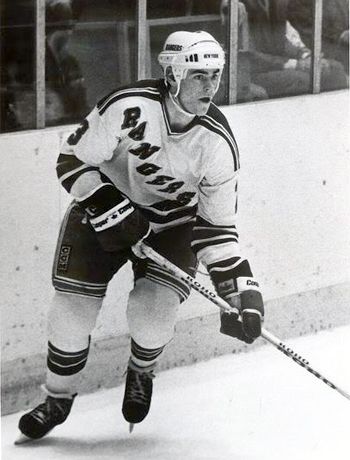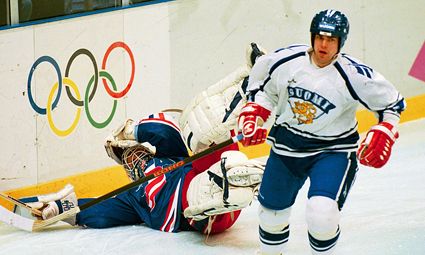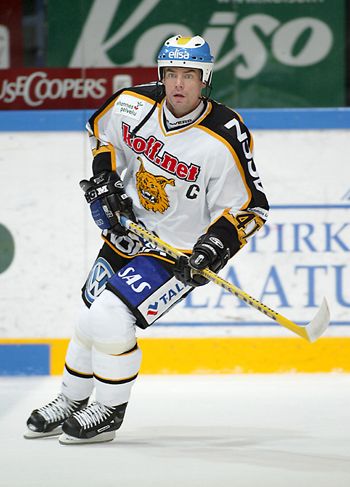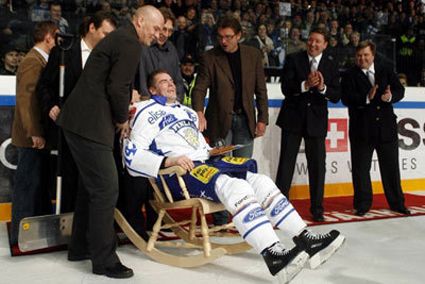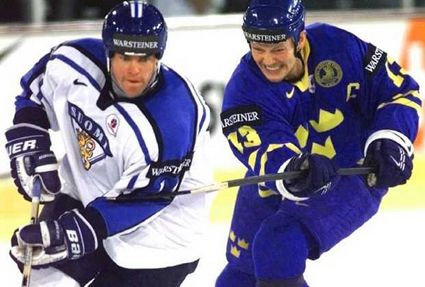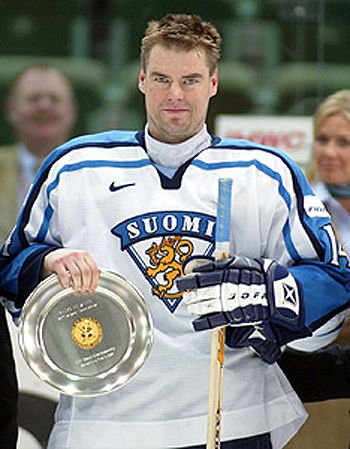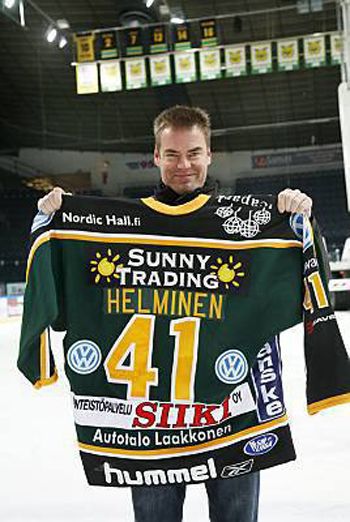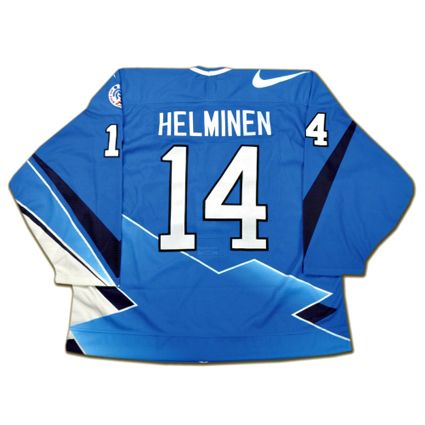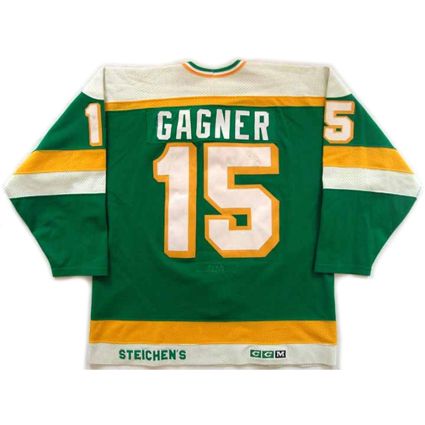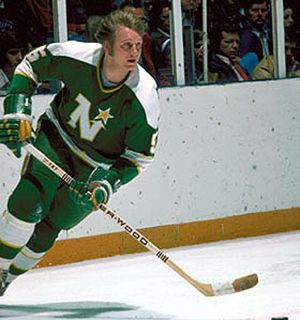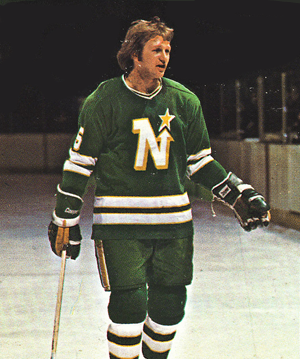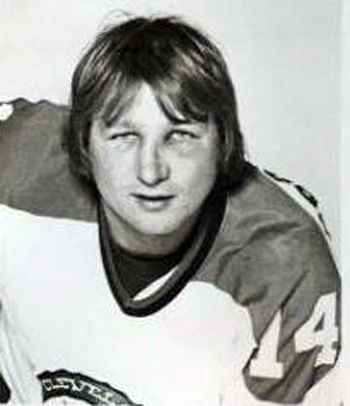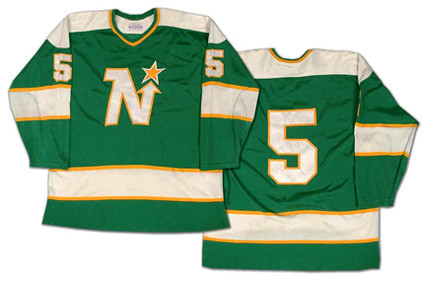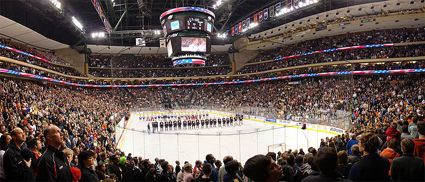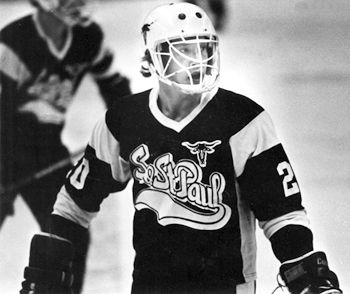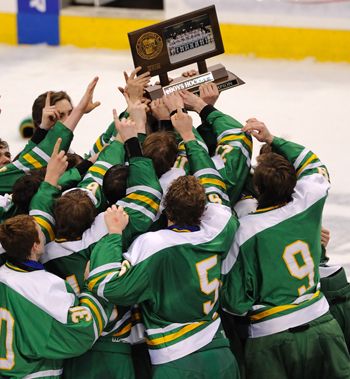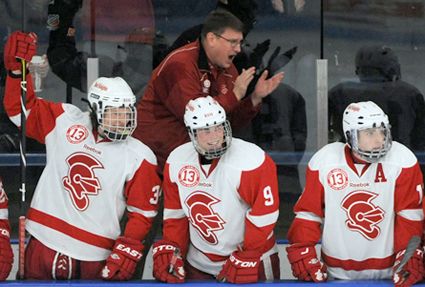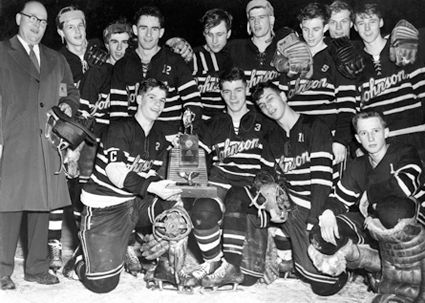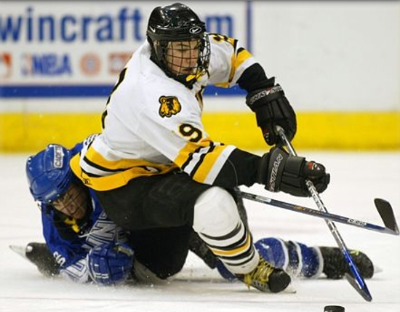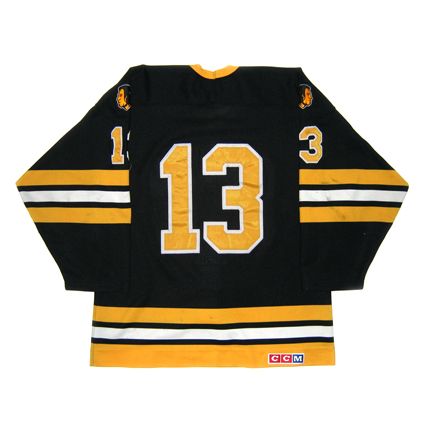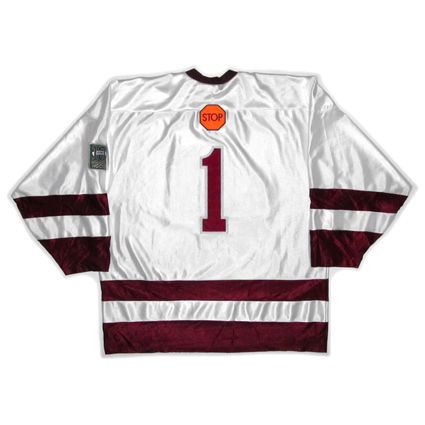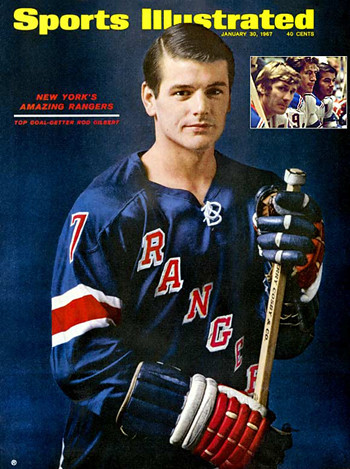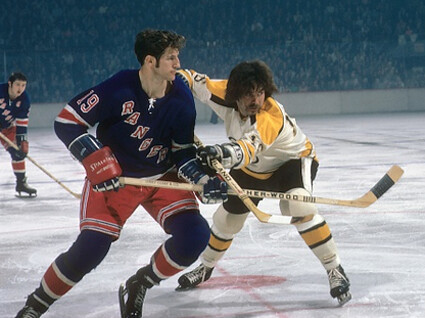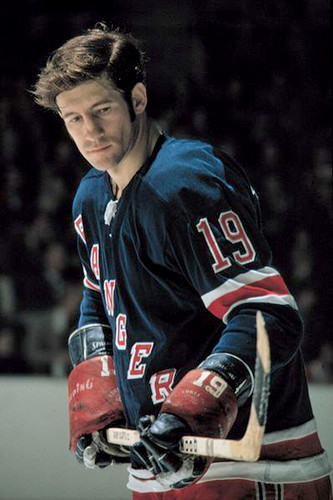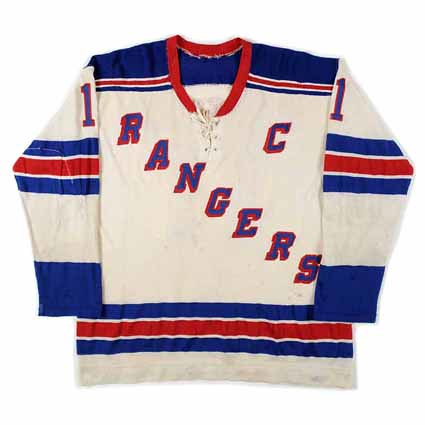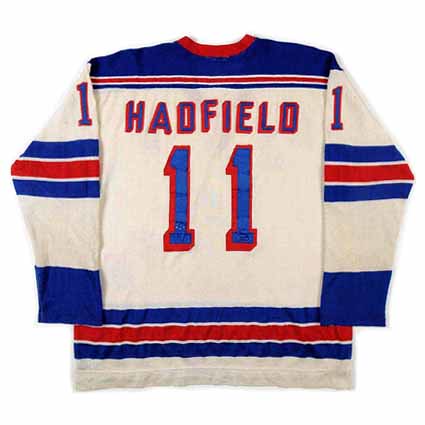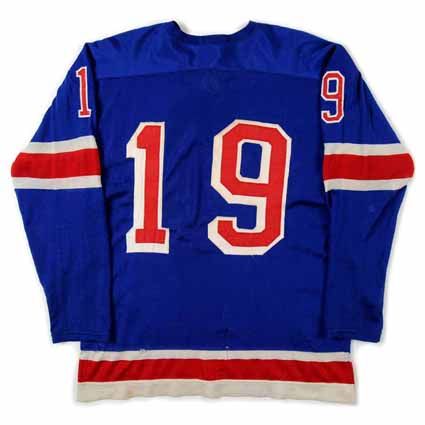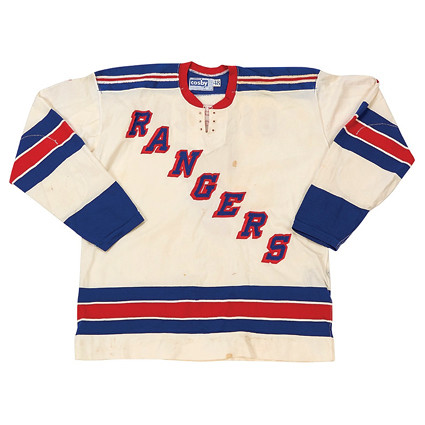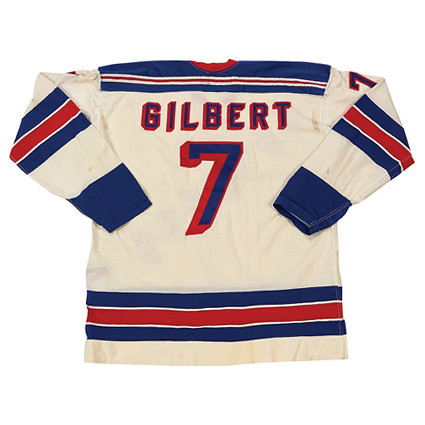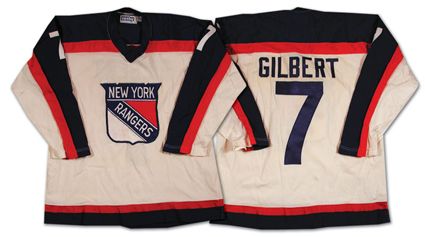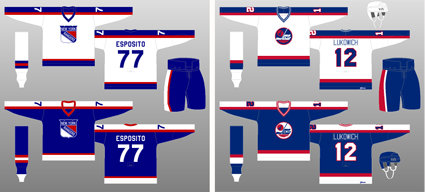The formation of the
New York Rangers famous GAG Line actually dates back to 1950 in the suburbs of Montreal when
Rod Gilbert and
Jean Ratelle were just 10 years old. Gilbert lived next to the Brothers of Sacred Heart School where Ratelle was a student. The both played pickup hockey on the school grounds and became good friends. Gilbert recalls, when I first saw him on the ice, I said, "You play with me all the time, okay?" Two years later the duo even played at the Montreal Forum in the finals of a peewee tournament.
When he was just 14, Gilbert was signed to play junior hockey by
Yvon Prud'homme, who worked for the New York Rangers. Gilbert told Prud'homme, "I have a friend I've been playing with since I was a kid and he's better than me. Sign him up and we'll play together." Prud'homme took the teenage Gilbert's scouting advice and signed Ratelle without ever seeing him play.
The pair played together for the Guelph Biltmore Mad Hatters, renamed the Guelph Royals in 1960, junior hockey from 1958-59 through 1960-61. Right wing Gilbert led the team in scoring in 1959-60 with 39 goals and 91 points while center Ratelle was right with him, scoring an equal 39 goals on his way to 86 points as the duo finished second and third in the Ontario Hockey Association.
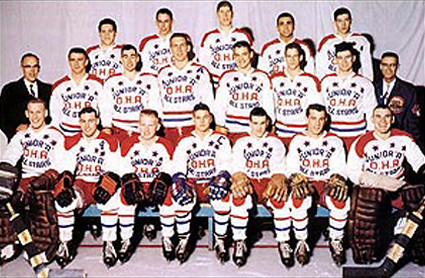 Gilbert and Ratelle were on the 1959-60 OHA All-Star Team
Gilbert and Ratelle were on the 1959-60 OHA All-Star Team
The following season Gilbert again led the team with 54 goals and 103 points with Ratelle again second with 40 goals and 101 points for the Royals as the pair finished 1-2 in OHA scoring, 14 points clear of their nearest pursuer. Both players also made their NHL debuts that season, with Ratelle playing 3 games, scoring twice, while Gilbert played for the Rangers once.
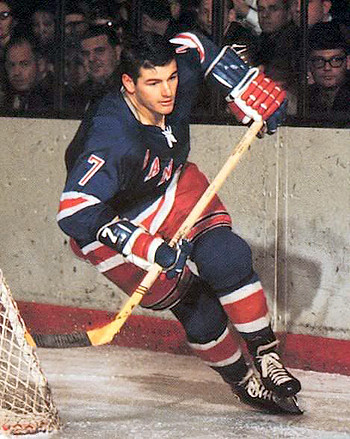 Gilbert debuted with one game in 1960-61
Gilbert debuted with one game in 1960-61
Meanwhile,
Vic Hadfield was playing his way toward the NHL via a different route, playing junior hockey for the St. Catharines Teepees of the OHA and the Buffalo Bisons of the AHL. Hadfield, claimed by New York from the Chicago Black Hawks in the 1961 Intra-League Draft, made his Rangers debut in 1961-62, seeing action in 44 games, but only scoring 3 goals and 1 assist, giving little clues as to what was to come.
In 1964, Gilbert and Ratelle's junior hockey coach
Emile Francis became the Rangers General Manager and the following season, their Head Coach. One of his first moves was to put the large and rugged Hadfield on a line with Gilbert and Ratelle for the 1965-66 season. Up to that point, the Rangers had missed the playoffs seven out of the last eight seasons, a difficult feat in an era where four of the six NHL teams made the playoffs.
After missing the playoffs his first season as head coach when Francis took over 20 games into the schedule, the Rangers would make the playoffs in nine consecutive seasons.
Up to this point, Gilbert had had some success at the NHL level, scoring 24 goals and 64 points in 1963-64 and 25 goals a year later. Hadfield's best season to date was 18 goals and 38 points in 1964-65 while Ratelle had only managed a high of 14 goals and 35 points.
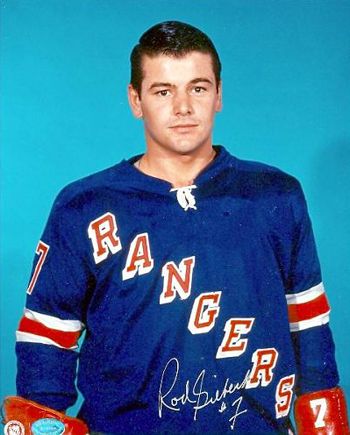 Rod Gilbert
Rod Gilbert
It took the newly created line some time to find their game as Gilbert only played in 34 games in 1965-66 and the lowly Rangers finished in the basement with just 18 wins in 70 games, 27 points out of a playoff spot.
For the 1966-67 season, Ratelle was the one who had to deal with an injury, as he only saw time in 41 games, scoring a dismal 11 points. Meanwhile, Gilbert returned to health and set a new career best with 28 goals. The rest of the Rangers roster was on the upswing was well, as Francis added key pieces such as goaltender
Ed Giacomin, and the club improved to a winning 30-28-12 record for a 25 point increase and their first spot in the playoffs since 1962.
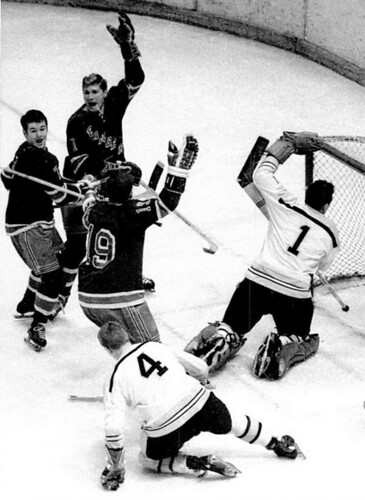 Gilbert, Hadfield and Ratelle celebrate a goal against the rival Bruins
Gilbert, Hadfield and Ratelle celebrate a goal against the rival Bruins
The hockey landscape was forever changed with the 1967-68 season when the NHL expanded by six teams, doubling the size of the league. This played into the hands of the established Original 6 clubs, as the newcomers were soundly defeated by the established teams on a regular basis, as many players not nearly good enough to play in the previous version of the six team NHL were now regular competition for the veteran clubs. While it was Hadfield's turn to have a limited season, playing in 59 of the Rangers 74 games, it was enough for him to score 20 goals, while Gilbert hit new highs with 29 goals and 77 points while Ratelle led the team in scoring with 32 goals and 78 points as he and Gilbert finished fourth and fifth in the NHL scoring race behind the likes of
Stan Mikita (87),
Phil Esposito (84) and
Gordie Howe (82) and ahead of
Bobby Hull (75), putting them among the league's elite.
Rod Gilbert on the cover of Sports Illustrated in 1967
As the Hadfield-Ratelle-Gilbert line totaled 81 goals in 74 games, the New York sportswriters dubbed the line the GAG Line, which stood for Goal-A-Game.
"Jean and I knew each other's moves so well, we didn't even have to look," said Gilbert. "We needed someone who could do some of the dirty work in the corners and position himself in front of the net without being pushed around. Vic Hadfield was the perfect compliment for us."
"I was aggressive, and being aggressive for so long, I had more space on the ice because people stayed away from me. You have to stick with what go you there," said Hadfield scouting his own style of play.
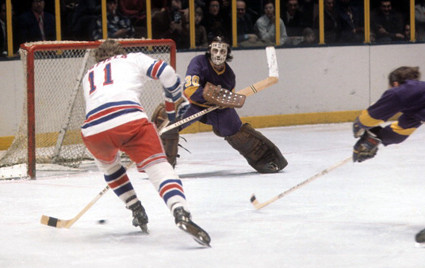 Vic Hadfield attacking the Kings goal
Vic Hadfield attacking the Kings goal
In 1968-69, the line lived up to their nickname, scoring a combined 86 goals as they finished one, two, three in Rangers scoring, led by Ratelle's 32 goals and 78 points. Once again, Gilbert was a single point back with 77 while Hadfield had 26 goals and 66 points, a leap forward for him, having never scored even 40 previously.
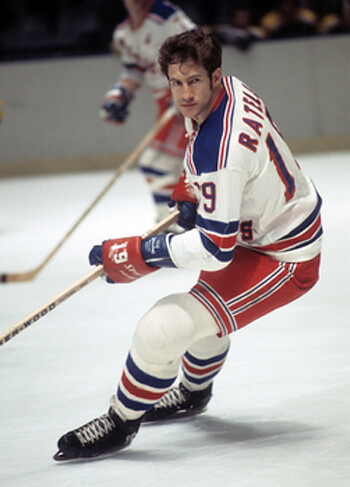 Ratelle led New York in scoring in 1969
Ratelle led New York in scoring in 1969
While Ratelle had 32 goals and 74 points in 1969-70,
Walt Tkaczuk led the Rangers with 77 as they were fifth and sixth in the NHL. Hadfield managed 20 goals and 54 points, while Gilbert had a down year with 16 goals and 53 points in 72 games.
For the 1970-71 campaign, Tkaczuk edged Ratelle 75 points to 72 while Gilbert returned to form with a 30 goal, 61 point season for third on the team. Hadfield meanwhile, had his fourth consecutive 20 goal season with 22.
The GAG Line, Hadfield, Ratelle and Gilbert
It all finally came good for the GAG Line in 1971-72 when everything turned to gold. On February 17th at the Los Angeles Kings, Ratelle scored his 40th goal of the season from Gilbert and defenseman
Brad Park.
On February 23rd, Hadfield, who had been named the Rangers team captain that season, hit 40 at home in Madison Square Garden with assists from Gilbert and Ratelle.
Then, on this date in 1972, five games later, Gilbert scored his 40th goal of the season from
Jim Neilson and
Bobby Rousseau to make the GAG Line the first line in NHL history with three 40 goal scorers during a 3-3 tie against Chicago.
Over the Rangers final dozen games, the trio did not slow down, as they completed their dream season as Ratelle finished with 46 goals and 63 assists for 109 points. Hadfield remarkably finished with 50 goals and 56 assists for 106 points, never having more than 31 goals in any other season in his 16 year NHL career. Hadfield was also the first Rangers player to ever score 50 goals in a season.
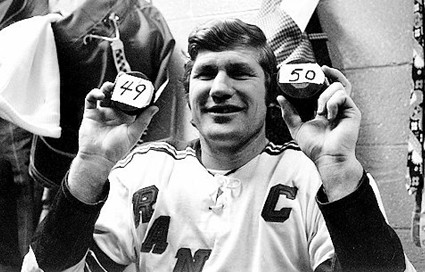 Hadfield celebrates becoming the first Ranger
Hadfield celebrates becoming the first Ranger
to score 50 goals in a season
Gilbert was third on the club with 43 goals and 54 assists for 97 points. All three players set career highs in goals, assists and points, save Gilbert who had 61 assists three seasons later. It was the only 100 point season for Ratelle and Hadfield.
Overall, Ratelle was third, Hadfield fourth and Gilbert fifth in league scoring and in goals, Hadfield (2nd), Ratelle (5th) and Gilbert (7th), and in assists, Ratelle (3rd), Hadfield (4th) and Gilbert (6th) were all on the league leader board. Impressively, Ratelle's team leading 109 points came from just 63 games, as he was leading Esposito in the scoring race when he broke his ankle and missed a month of the season.
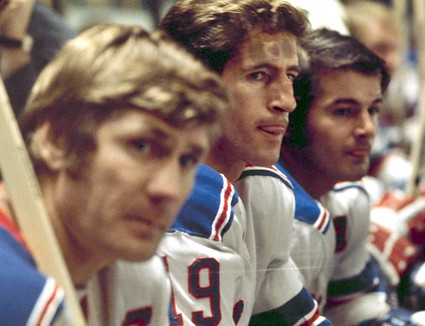 Hadfield, Ratelle and Gilbert
Hadfield, Ratelle and Gilbert
In the playoffs, the Rangers defeated the defending champion Montreal Canadiens in six games and the previous season's other finalist, the Black Hawks, in four straight to reach the Stanley Cup Finals for the only time in the history of the line, only to run into the Esposito and
Bobby Orr led Boston Bruins at their peak, who denied the Rangers the cup in six games, thanks in part to the injury to Ratelle, who was limited to just six ineffective playoff games, scoring just one assist.
Ratelle battling the Bruins Derek Sanderson
The line would play two more seasons together with Ratelle leading the team in scoring again in 1972-73 with 41 goals and 94 points (sixth overall) and Gilbert second with 25 goals and 84 points while Hadfield had 28 goals. During their final season together, the GAG Line lived up to their name yet again, combining for 91 goals in 78 games, as Gilbert was second behind Park's 82 points with 36 goals and 77 points as Ratelle had 28 goals and 67 points while Hadfield had 27 goals and 55 points, his seventh consecutive season of 20 goals or more for New York.
The line was broken up on May 27, 1974 when Rangers captain Hadfield was traded to the Pittsburgh Penguins in a cost saving move. He would have a pair of 30 goal seasons for the Penguins until a knee injury early in the 1976-77 season ended his career. His final career totals were 1,002 games played with 323 goals and 389 assists for 712 points.
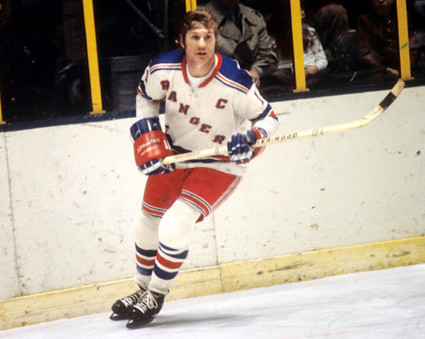 Rangers captain Hadfield
Rangers captain Hadfield
Ratelle was the next to leave, dealt to the Bruins in a blockbuster deal that saw himself, Park and
Joe Zanussi in exchange for Esposito and
Carol Vadnais after 13 games of the 1975-76 season. He continued to excel with the Bruins, scoring 30 goals twice and 25 or more three additional times. His career was the longest of the three, with his last season being 1980-81, his sixth with the Bruins. Ratelle would lead the Rangers in scoring four times and the Bruins twice. He would finish his career with 1,281 games played with 491 goals and 776 assists for 1,267 points and was inducted into the Hockey Hall of Fame in 1985. Individually, he won the
Bill Masterton Trophy in 1971 and the
Lady Byng Trophy in both 1972 and 1976. The Rangers have announced that they will retire Ratelle's jersey #19 during the 2017-18 season.
Jean Ratelle led the Rangers in scoring four times
Gilbert would play four more seasons for the Rangers, including equaling his stellar 1971-72 point total in 1974-75 when he had 36 goals and a career high 61 assists for 97 points to lead the Rangers for the second of three times. He again had 36 goals in 1975-76, his fifth season of 30 goals or more. Gilbert's final totals were 1,065 games played, all with the Rangers, 406 goals and 615 assists for 1,021 points. He won the Masterton Trophy in 1976 and the
Lester Patrick Trophy in 1991. His #7 was retired in 1979, the first number retired in the 54 year history of the Rangers. He was inducted into the Hockey Hall of Fame in 1982.
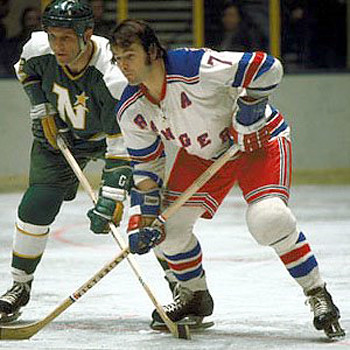 Gilbert played 18 seasons with the Rangers
Gilbert played 18 seasons with the Rangers
Today's first featured jersey is a
1971-72 New York Rangers Vic Hadfield jersey. The Rangers wore only blue jerseys for their first 25 seasons, finally adding a white jersey in 1951-52. Other than detail changes, such as the addition of sleeve numbers in 1963 and names on the back in 1970, which then became vertically arched in 1990, the Rangers white jerseys are unchanged since their introduction over 65 years ago, making them a true classic in the history of the NHL.
Today's second featured jersey is a
1971-72 New York Rangers Jean Ratelle jersey.
The Rangers debuted in 1926 wearing jerseys not too dissimilar to the
one worn by Ratelle in 1971-72. The original white lettering changed to
red for their second season of play. The font still used for the
cresting arrived in 1941 and the drop shadow on both the crest and the
numbers came a year later. In 1951 the laces were added to the collar
and they arrived at today's style when the sleeve numbers
arrived in 1963.
This jersey would be used through
1975-76 before a new, modern jersey was worn for two seasons with the
Rangers shield as the main crest. In 1978-79, this style returned, only
with Rangers replaced by "New York" on the front until reverting back to
"Rangers" in 1987.
Today's third featured jersey is a 1971-72 New York Rangers Rod Gilbert jersey as worn during the GAG Line's record setting season when all three members became the first line in which each member scored 40 goals.
Gilbert wore #7 for a combination of reasons, first being the #9 he wore in juniors was in use by Rangers star Andy Bathgate, #7 was popular in New York due to Mickey Mantle and there were seven members of Gilbert's family, counting his parents and four siblings.
Bonus jersey: Today's bonus jersey is a 1977-78 New York Rangers Rod Gilbert jersey from his final season in the NHL after the departure of both Hadfield and Ratelle, making him the only one of the three to wear this style, which was first introduced by then General Manager John Ferguson Sr. in the 1976-77 season and was the first departure in club history from the iconic diagonal "RANGERS" cresting.
After proving unpopular with the tradition bound Rangers fans, this style was only used for two seasons, the first without names on the back of the road jerseys and, thanks to a new NHL rule requiring them, with them on the back for the 1977-78 season. Names were always worn on the home white jerseys.
After being let go by the Rangers in 1978, Ferguson became the general manager of the Winnipeg Jets and reprized the exact same jersey template for the Jets beginning with their inaugural NHL season in 1979, with the only differences being the font for the name and numbers and, naturally, the team logo. The Jets would use this style all throughout the 1980's.
In today's video section, the excellent Legends of Hockey profile on Gilbert.
Next, ten minutes of footage of the Rangers and the GAG Line taking on the Maple Leafs from the 1970-71 season.

